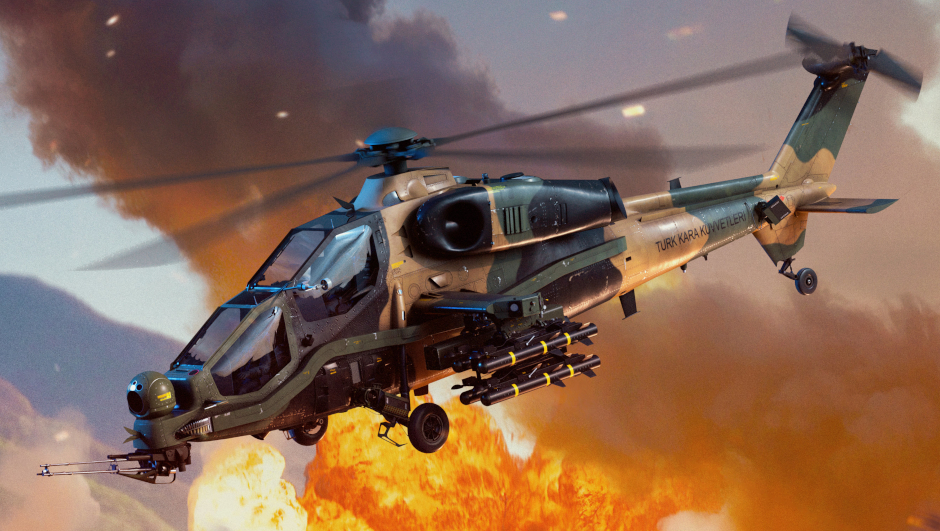
We’re continuing to introduce some of the features planned in the Roadmap set out at the beginning of this year. And today, we’re pleased to announce that with the release of the Dance of Dragons update, helicopter damage models are now more detailed. Let’s take a look!

New Modules New damage model modules have been added to the Ka-52 and AH-64 Apache helicopters. Each module is responsible for a specific set of functions of the helicopter’s electronic equipment. The list of added modules include
Flight Control Panels, an
Electro-optical station, a
Radar,
Avionics blocks and
IRCM blocks.

The following functions are distributed among the new modules: an
RWR,
Targeting optic,
Weapon control,
NVD,
Sensors,
MFD/HUD,
Guided weapon control and
IRCM. Some modules can be responsible for multiple functions at once and multiple modules can be responsible for the same function. For example, both the
Flight Control Panels and
Avionics blocks are responsible for the use of
Weapon control, and a single
Avionics block are responsible for both
NVD and
MFD/HUD.

Modules For Other Helicopters As for filling in remaining helicopters with modules, those already in the game will be given modules gradually with the release of subsequent updates as we’re going to be looking at on-board systems for each of them and make changes to the models. New helicopters that are added will be introduced with a full set of modules straight away.
How Does Disabling Modules Work? Let’s talk about how disabling systems works. For helicopters that have new modules, it’s quite simple — each system can be disabled either by the complete destruction of the module or by damaging it, but with a certain chance depending on the type and amount of damage.

In the damage model of helicopters that didn’t have new modules added, all on-board systems are included in the fuselage damage model. If this is damaged, all avionic functions may also be disrupted, with the probability of this also depending on the type and amount of damage. However, since it’s much easier to damage the fuselage than individual modules, the chances of various systems failing when the fuselage is damaged are lower than when individual modules are damaged. Additionally, unlike the destruction of a specific module — which is guaranteed to lead to the failure of the corresponding system — when the fuselage is destroyed, all electronics will not be immediately disabled. Instead, each system will retain some chance of being disabled with each subsequent hit.
Updated Tail Destruction Conditions Previously, helicopter tails could only be torn off by various means of hits, but not by collisions with anything else. It is important to note that even though the ground obviously has 100% efficiency against aircraft, it is not considered a specialized mean of destruction. At least it wasn’t considered such in the game until now.
However, since a bump even on the hull of a helicopter can quite easily cause damage to the elements inside, which depending on the severity of the collision, can lead to damage of the tail or even to it being ripped off. We’ve now introduced the mechanics of destruction of elements in the tail booms of helicopters from hard clams, both by the tail itself and by the fuselage of the helicopter when hitting the ground and environment, such as trees and various buildings.
This will minimize the number of successful take offs after very hard bumps against the ground where the helicopter doesn’t crash but instead flies on to base or even continues to fight as if nothing had happened.
Improved calculation of center of mass displacement after tail boom separation

In addition to all of the above, in the near future (before the release of the next major update), we’ll be reworking and supplementing the calculation of the center of mass and balancing of helicopters when damage leads to the separation of various parts. For example, the center of gravity of a helicopter shifts forward when the tail is torn off, leading to a nose-dive that would need to be compensated by increasing the cyclic pitch (counteracting the lowering of the nose). This will lead to a strong limitation of maneuverability for coaxial helicopters when there is tail separation, while for helicopters with a classic tail rotor design, the behavior after tail boom separation will be more realistic.
That’s all for now. Check out the updated helicopter damage model in game and let us know what you think!





